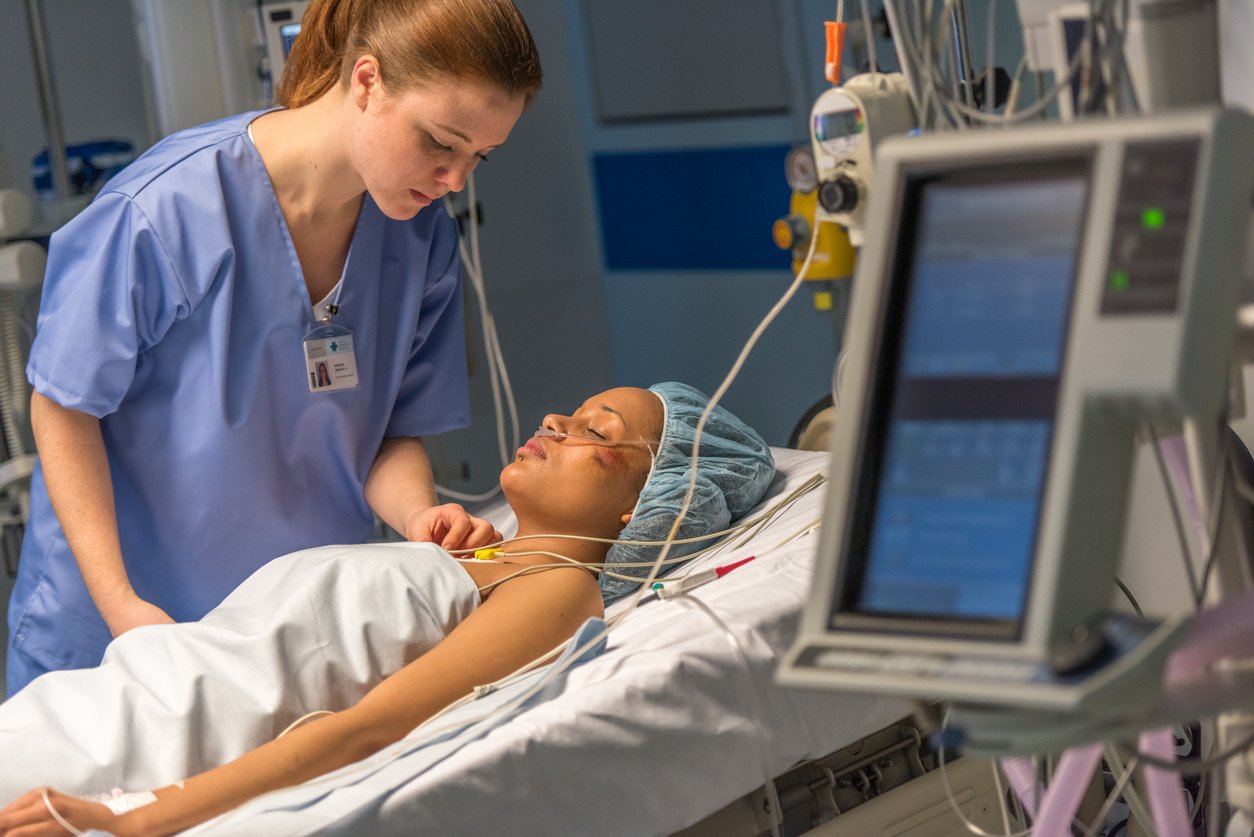Clear link between nurse work environment and patient safety

Lisa Smeds Alenius will defend her doctoral thesis on 22 January 2019 at Karolinska Institutet. Her thesis focuses on factors in the nurse work environment relating to quality of care and patient safety. The thesis shows that the experience of adequate staffing and resources, leadership on ward and hospital levels, and teamwork with physicians are all of great importance for how nurses assess patient safety. The thesis also shows that those assessments are consistent with objective measures of patient safety.
Lisa Smeds Alenius is a RN and a doctoral student at the Department of learning, informatics, management and ethics, LIME, at Karolinska Institutet.
 Why did you want to investigate this topic?
Why did you want to investigate this topic?
“Since the resources available for care, both human and economic, are limited, I wanted to investigate how nurses perceive their work situation to make better and more full use of their competence to benefit both patients and the hospital as an organisation.”
What methods did you use?
“The thesis is based on data from the Swedish component of the international, EU-funded project "Registered Nurse Forecasting" (RN4CAST), with survey responses from 11,000 nurses working in medical and surgical wards at all the acute care hospitals in Sweden. Data from the National Patient Register were also used, as well as data on hospitals.”
What conclusions did you arrive at?
"The factor with the most influence on nurses’ assessments of patient safety on their wards was whether they felt sufficient staff and resources were available. Leadership, both at ward level and at hospital management level, was also influential, as was teamwork with physicians.
The thesis also shows that nurses’ assessments of the safety and quality of care can provide an important basis for decision making. When the nurses assessed patient safety and quality of care as excellent, objective measures also showed a clearly reduced risk of patients dying within 30 days.
In free-text responses to an open question, many nurses described how they felt they were expected and required to maintain a high level of quality and safety in care, while at the same time they had little opportunity to influence the necessary conditions for care provision. Several organisational factors that make it difficult for nurses to utilise their professional competence to the fullest, were also made visible.”
What was surprising?
"We saw in the survey responses that nurses had a strong sense of commitment and a desire to make use of and share their knowledge, so it is disheartening to learn that organisational conditions do not really support that. It was also clear that the nurses were very happy with their chosen profession but not necessarily with their place of work. I see that as a force that could be utilised more constructively. Given the right conditions, many might want to continue working as a nurse.”
What do you hope your results will lead to?
"I hope that the results of the thesis will stimulate nurses and managers at different levels to investigate how nurses’ competencies and capacities are being utilised. Nursing is a central part of patient care and because nurses constitute the largest occupational group in hospitals, it is important their professional knowledge is used in a more strategic and effective way.
Nurses should not only be self-evident as indispensable actors in organizing and influencing care processes. It is also about providing the necessary conditions, for example adequate staffing and resources, and supportive organisational structures for care provision.
It would also be reasonable to imagine that if there were more opportunities for nurses to make full use of their professional competence, hospitals would become more attractive as workplaces which, in turn would improve chances of recruiting and retaining skilled personnel.”
What are you going to do now?
"I want to continue researching how healthcare can utilise staff competencies in the best possible ways, which also benefits patients. I also want to explore other professional groups to see how they perceive their work situation and how their skills are utilised.”
Text: Helena Mayer
